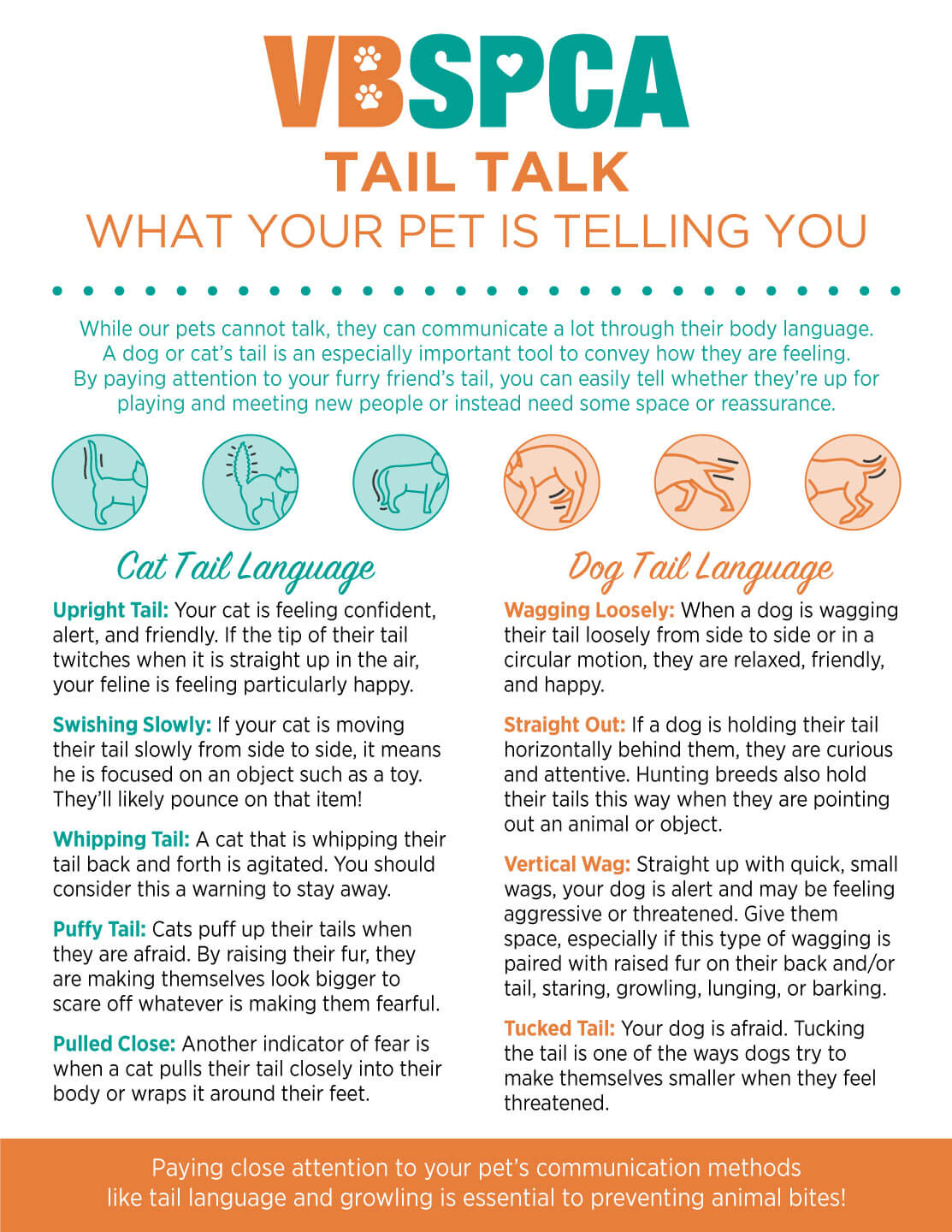VBSPCA Main Shelter Hours
3040 Holland Rd.
Virginia Beach, VA 23453
Monday: 1:00 pm – 6:00pm
Tuesday: 1:00pm – 6:00pm
Wednesday: Closed
Thursday: 1:00pm – 6:00pm
Friday: 1:00pm – 6:00pm
Saturday: 1:00pm – 6:00pm
Sunday: 1:00pm – 6:00pm
*Receiving hours: 11:00am – 5:00pm (by appointment only)
Phone: (757) 427-0070
Email: info@vbspca.com
VBSPCA Clinic Hours
3040 Holland Rd.
Virginia Beach, VA 23453
Monday: 9:00am – 5:00pm
Tuesday: 9:00am – 5:00pm
Wednesday: 9:00am – 5:00pm
Thursday: 9:00am – 5:00pm
Friday: 9:00am – 5:00pm
Saturday: 9:00am – 1:00pm
Sunday: Closed
Surgery Drop-Off: 8:00am – 8:45am
Phone: (757) 427-0071
Fax: (757) 563-2368
Email: clinic@vbspca.com
Upcoming Vaccine Clinics
December 13th – 9am-12pm
December 17th – 11am-2:30pm
December 20th – 9am-12pm
January 3rd – 9am-12pm
January 7th – 11am-2:30pm
January 10th – 9am-12pm
January 14th – 11am-2:30pm
January 17th – 9am-12pm
January 21st- 11am-2:30pm
January 24th – 9am-12pm
January 28th- 11am-2:30pm
January 31st – 9am-12pm
*all above clinics are held at the VBSPCA Clinic at 3040 Holland Road
The Virginia Beach SPCA is a 501(c)(3) non-profit organization. EIN:54-6061532. Contact us at info@vbspca.com.
Copyright © 2025 · All Rights Reserved · Virginia Beach SPCA
Nonprofit Website by GivingPress · RSS Feed · Log in




Last Updated: June 9, 2023 by vbspcaadmin
Tail Talk | What Your Pet is Telling You
While our pets cannot talk, they can communicate a lot through their body language. A dog or cat’s tail is an especially important tool to convey how they are feeling. By paying attention to your furry friend’s tail, you can easily tell whether they’re up for playing and meeting new people or instead need some space or reassurance. Read more below and click here for a printable version of our infographic.
Cat Tail Language
Dog Tail Language
It is extremely important not to ignore what your pet is trying to tell you through his tail or other body language. Never punish your pet for giving warning signs that they are agitated or afraid. Paying close attention to their communication methods like tail language and growling is essential to preventing animal bites!

Category: VBSPCA News
Search
Ways to Give
Annual Sponsors
To view our Donor Privacy Policy, click here.